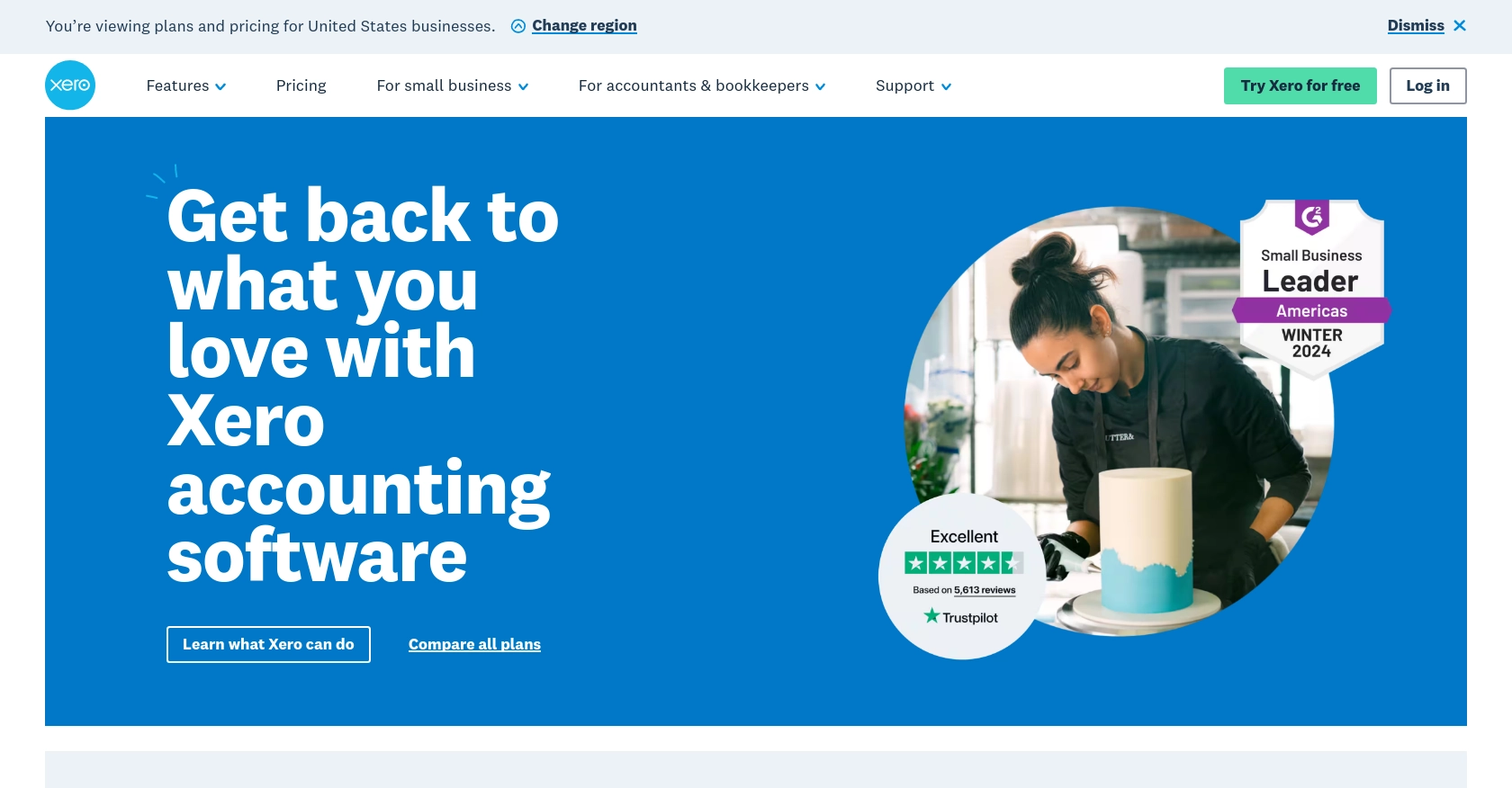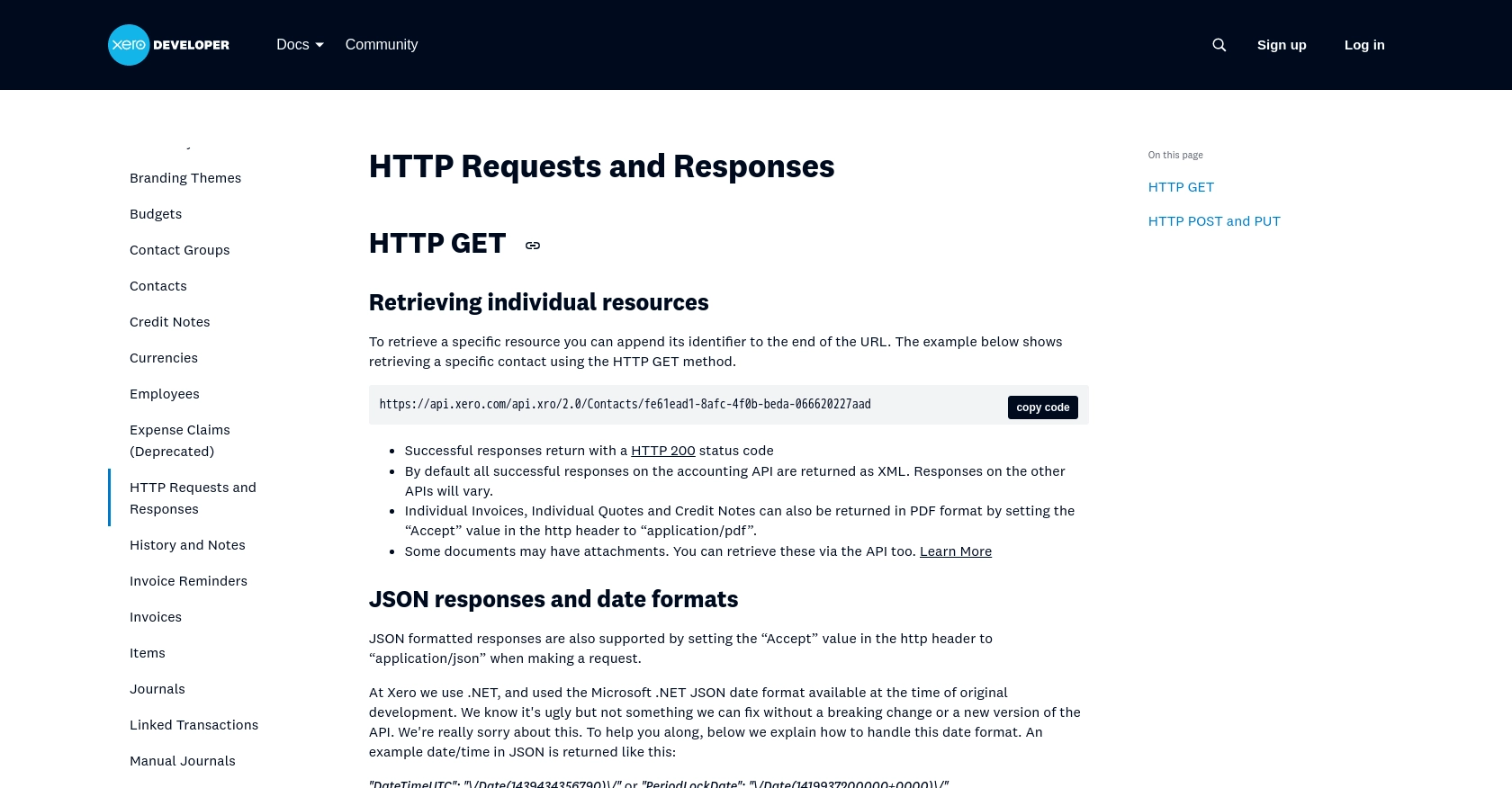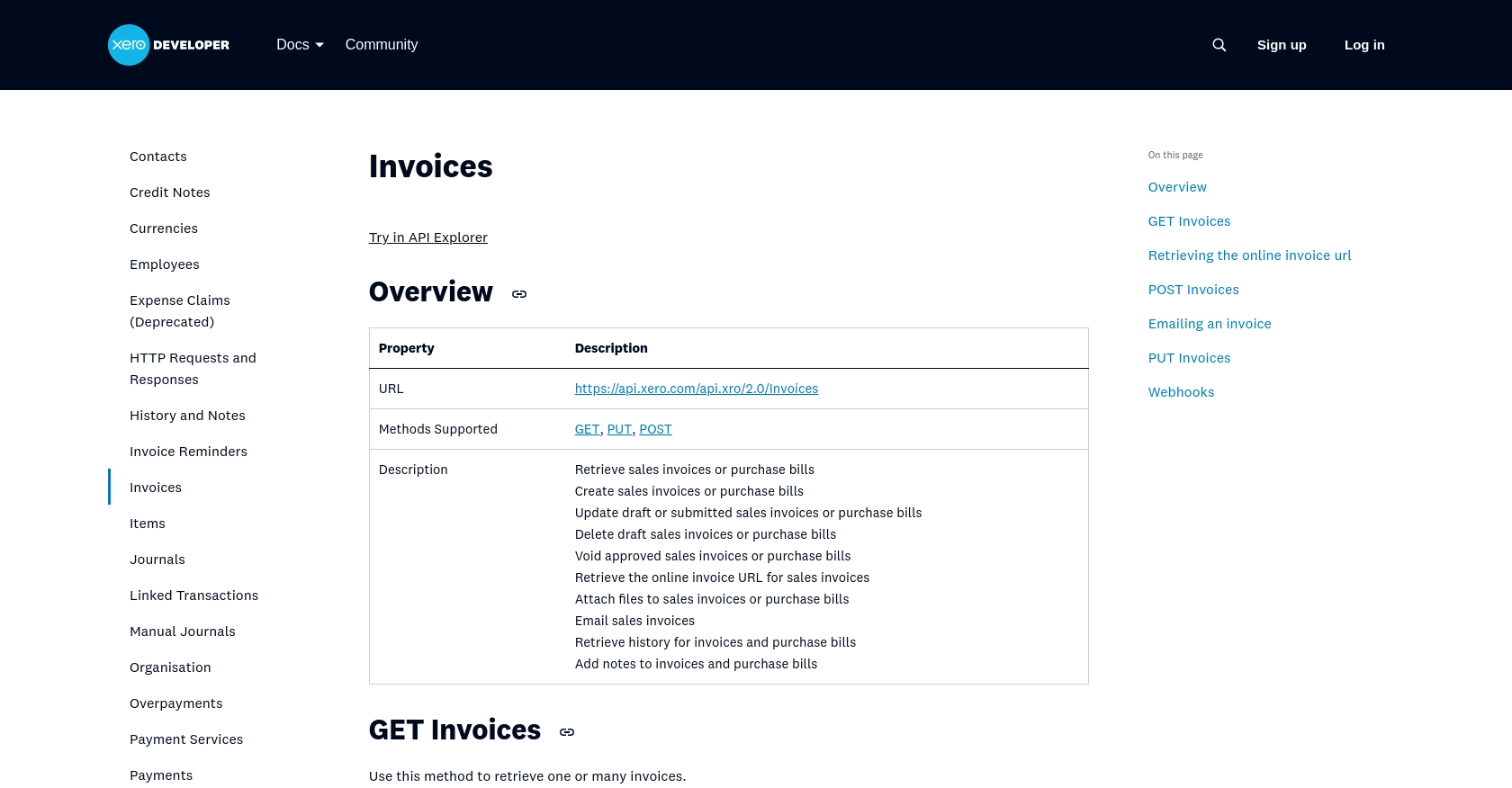Using the Xero API to Get Invoices (with Python examples)

Introduction to Xero API Integration
Xero is a powerful cloud-based accounting software platform designed to help small and medium-sized businesses manage their finances efficiently. With features like invoicing, bank reconciliation, and financial reporting, Xero provides a comprehensive solution for businesses looking to streamline their accounting processes.
Developers often seek to integrate with Xero's API to automate financial tasks and enhance business workflows. For example, using the Xero API, a developer can retrieve invoice data to generate custom financial reports or sync invoices with other business systems, ensuring accurate and up-to-date financial information across platforms.
Setting Up Your Xero Test/Sandbox Account for API Integration
Before diving into the Xero API integration, it's essential to set up a test or sandbox account. This environment allows developers to experiment with API calls without affecting live data, ensuring a safe and controlled testing space.
Creating a Xero Developer Account
To begin, you'll need a Xero developer account. Follow these steps to create one:
- Visit the Xero Developer Portal.
- Sign up for a developer account using your email address and complete the registration process.
- Once registered, log in to your developer account to access the dashboard.
Setting Up a Xero Sandbox Organization
With your developer account ready, the next step is to set up a sandbox organization:
- Navigate to the "My Apps" section in the Xero Developer Portal.
- Select "Create a new app" and fill in the required details, such as app name and company URL.
- Choose the "Demo Company" option to create a sandbox organization for testing purposes.
Configuring OAuth 2.0 Authentication for Xero API
Xero uses OAuth 2.0 for authentication, which requires setting up an app to obtain the necessary credentials:
- In the "My Apps" section, click on your newly created app.
- Under the "Configuration" tab, note the "Client ID" and "Client Secret"—these will be used for authentication.
- Set the redirect URI to a valid URL where users will be redirected after authentication.
For more details on OAuth 2.0 authentication, refer to the Xero OAuth 2.0 Overview.
Generating Access Tokens for API Requests
To interact with the Xero API, you'll need to generate access tokens:
- Use the "Client ID" and "Client Secret" to request an authorization code from the Xero authorization server.
- Exchange the authorization code for an access token and refresh token.
- Store these tokens securely, as they will be used to authenticate API requests.
For a detailed guide on the authentication flow, visit the Xero OAuth 2.0 Auth Flow.

sbb-itb-96038d7
Making API Calls to Retrieve Invoices from Xero Using Python
To interact with the Xero API and retrieve invoice data, you'll need to set up your Python environment and write code to make the necessary API calls. This section will guide you through the process, including setting up Python, installing dependencies, and writing the code to fetch invoices.
Setting Up Your Python Environment for Xero API Integration
Before making API calls, ensure you have the following prerequisites installed on your machine:
- Python 3.11.1
- The Python package installer, pip
Once these are installed, open your terminal or command prompt and install the requests library, which is essential for making HTTP requests:
pip install requestsWriting Python Code to Fetch Invoices from Xero
With your environment set up, you can now write the Python code to retrieve invoices from Xero. Create a file named get_xero_invoices.py and add the following code:
import requests
# Set the API endpoint and headers
endpoint = "https://api.xero.com/api.xro/2.0/Invoices"
headers = {
"Authorization": "Bearer Your_Access_Token",
"Accept": "application/json"
}
# Make a GET request to the API
response = requests.get(endpoint, headers=headers)
# Check if the request was successful
if response.status_code == 200:
invoices = response.json()
for invoice in invoices['Invoices']:
print(invoice)
else:
print(f"Failed to retrieve invoices: {response.status_code} - {response.text}")
Replace Your_Access_Token with the access token obtained during the OAuth 2.0 authentication process.
Running the Python Script and Verifying API Call Success
Run the script from your terminal or command line using the following command:
python get_xero_invoices.pyIf successful, the script will output the list of invoices retrieved from your Xero sandbox account. You can verify the results by checking the invoices in your Xero dashboard.
Handling Errors and Understanding Xero API Response Codes
When making API calls, it's crucial to handle potential errors gracefully. The Xero API provides various response codes to indicate the status of your request:
- 200 OK: The request was successful, and the invoices were retrieved.
- 401 Unauthorized: Authentication failed. Check your access token.
- 403 Forbidden: You do not have permission to access the resource.
- 404 Not Found: The requested resource does not exist.
- 500 Internal Server Error: An error occurred on the server. Try again later.
For more details on handling errors, refer to the Xero API Requests and Responses documentation.

Best Practices for Xero API Integration and Error Handling
When working with the Xero API, it's essential to follow best practices to ensure a smooth integration process. Here are some key considerations:
- Securely Store Credentials: Keep your client ID, client secret, and access tokens secure. Avoid hardcoding them in your source code. Instead, use environment variables or secure vaults.
- Handle Rate Limiting: Xero imposes rate limits on API requests. Be mindful of these limits to avoid throttling. For more information, refer to the Xero API Rate Limits.
- Implement Error Handling: Gracefully handle errors by checking response codes and implementing retry logic for transient errors. Log errors for debugging and monitoring purposes.
- Data Transformation: Standardize and transform data fields as needed to ensure compatibility with your systems and maintain data integrity.
Enhancing Integration Efficiency with Endgrate
Building and maintaining multiple integrations can be time-consuming and resource-intensive. Endgrate offers a solution by providing a unified API endpoint that connects to various platforms, including Xero. By using Endgrate, you can:
- Save Time and Resources: Focus on your core product while outsourcing integration complexities to Endgrate.
- Build Once, Use Everywhere: Develop a single integration for multiple platforms, reducing redundancy and maintenance efforts.
- Improve User Experience: Offer your customers a seamless and intuitive integration experience.
Explore how Endgrate can streamline your integration processes by visiting Endgrate.
Read More
- https://endgrate.com/provider/xero
- https://developer.xero.com/documentation/api/accounting/requests-and-responses
- https://developer.xero.com/documentation/guides/oauth2/limits/
- https://developer.xero.com/documentation/guides/oauth2/overview
- https://developer.xero.com/documentation/guides/oauth2/scopes
- https://developer.xero.com/documentation/guides/oauth2/auth-flow
- https://developer.xero.com/documentation/guides/oauth2/tenants
- https://developer.xero.com/documentation/api/accounting/invoices
Ready to get started?
